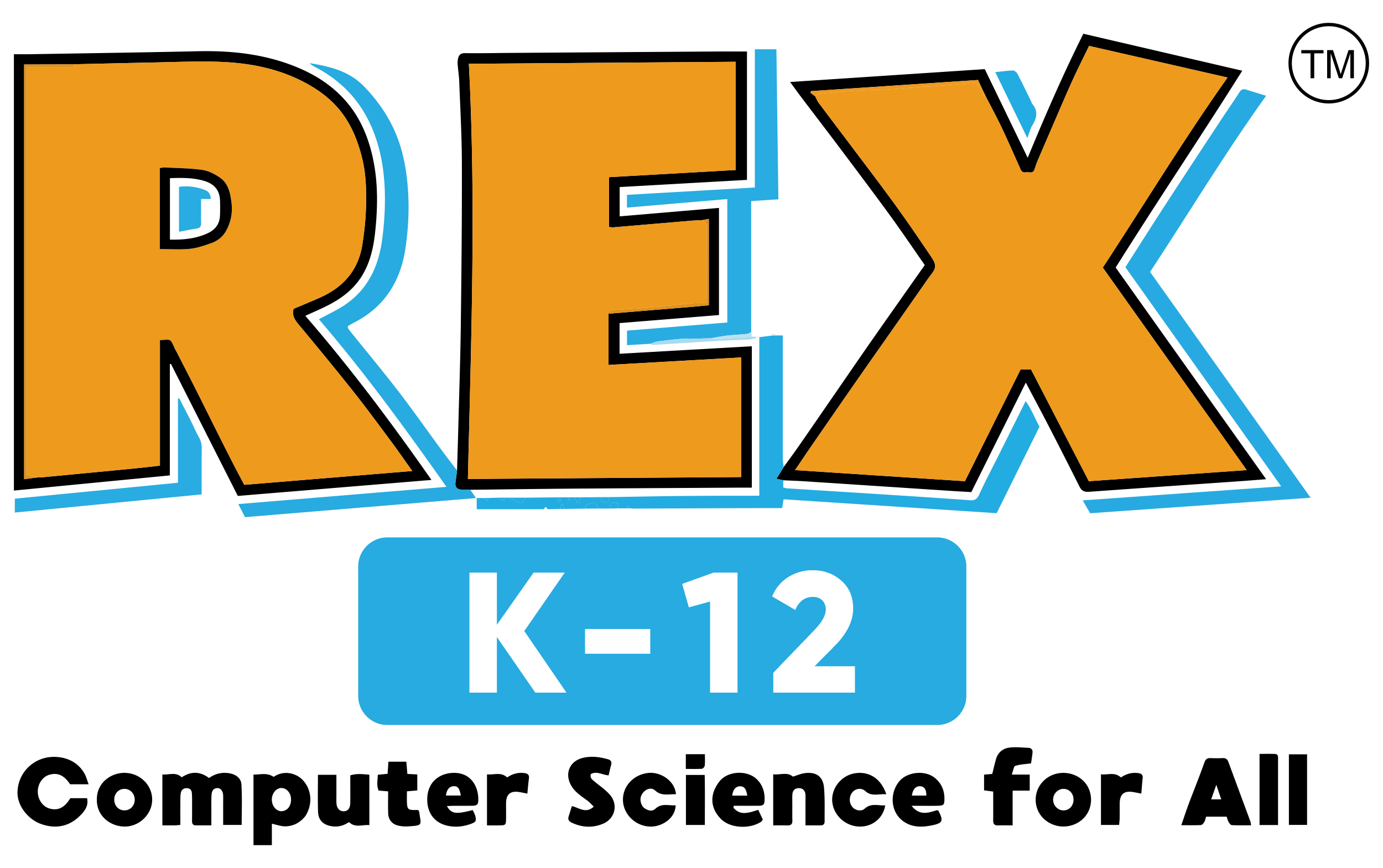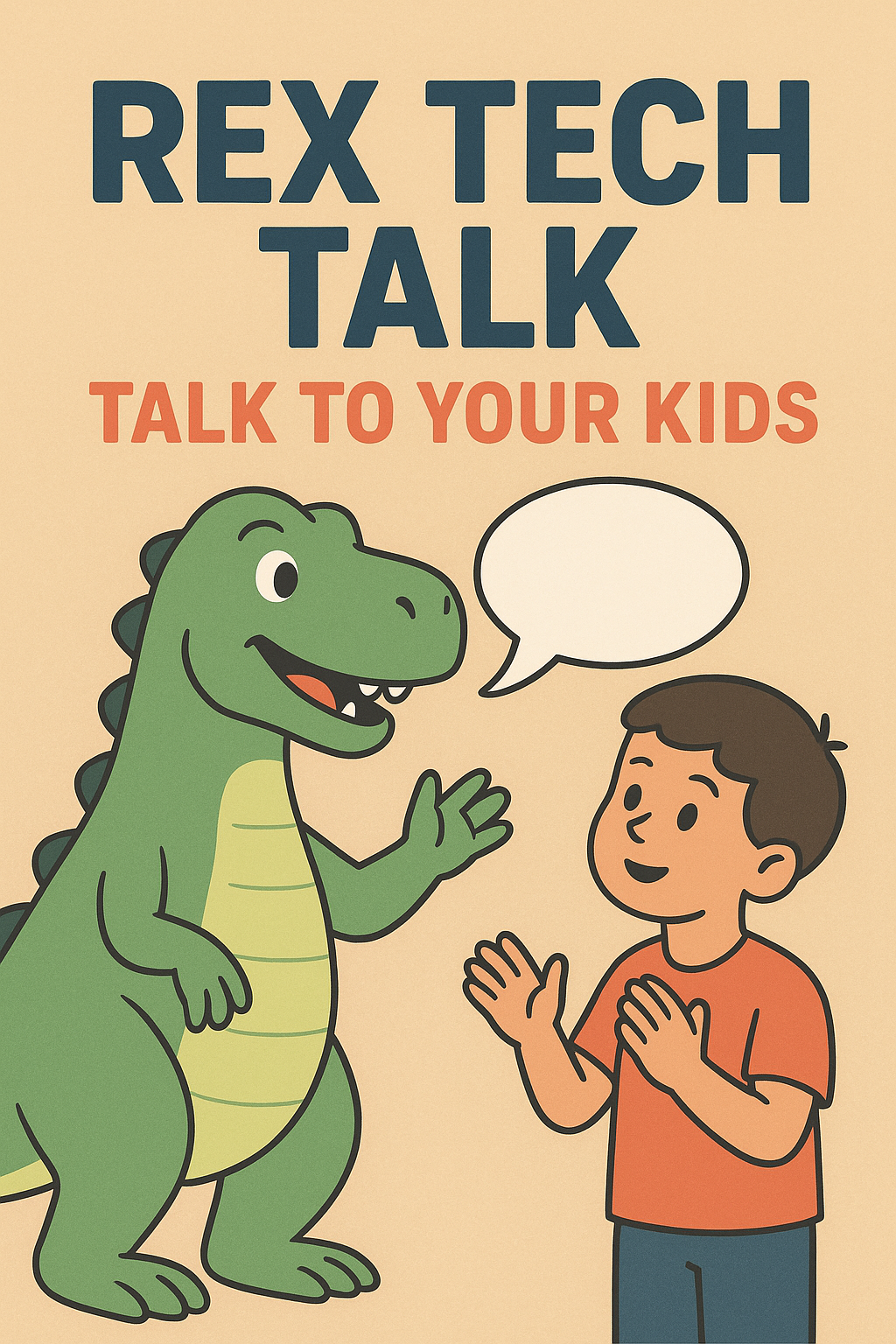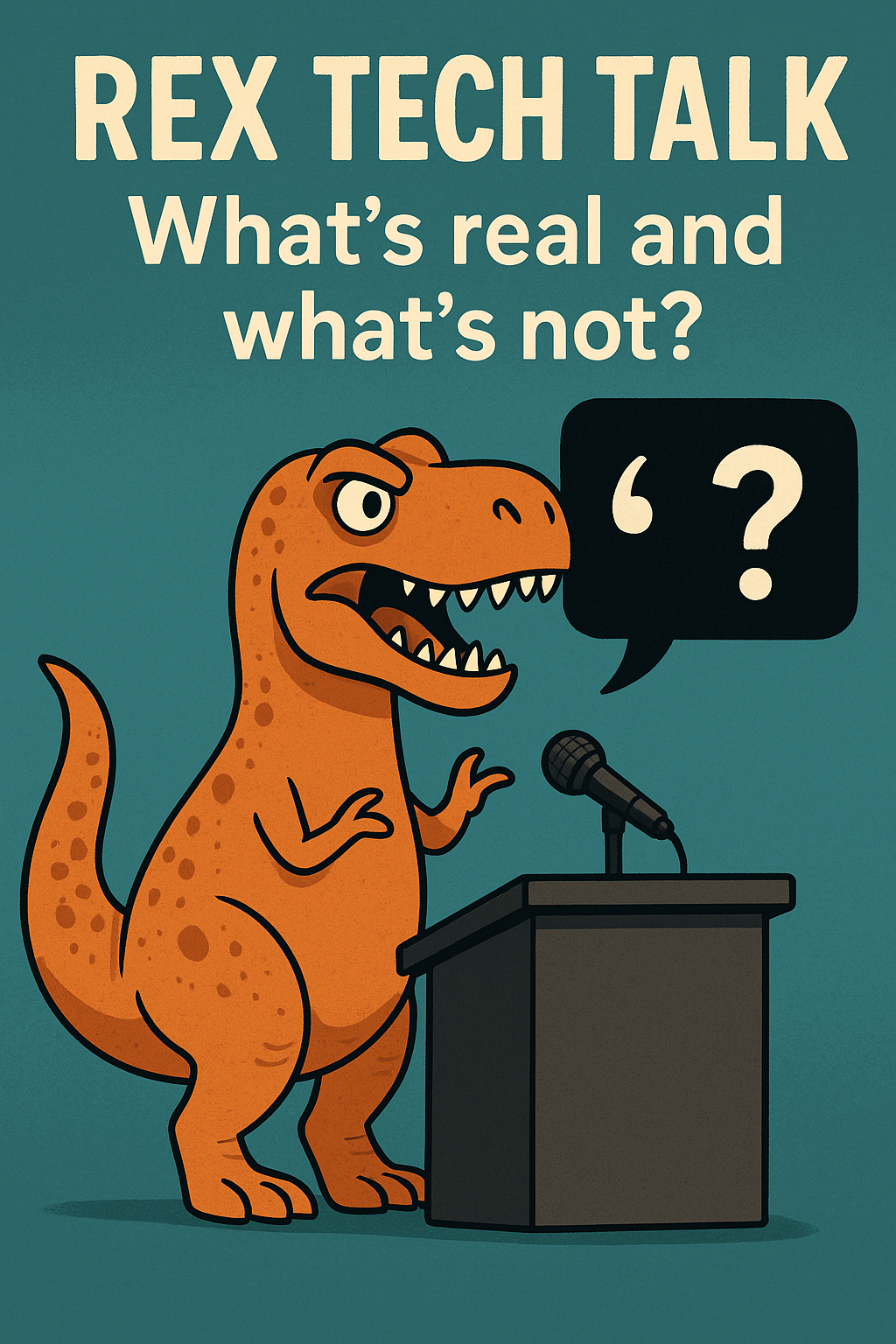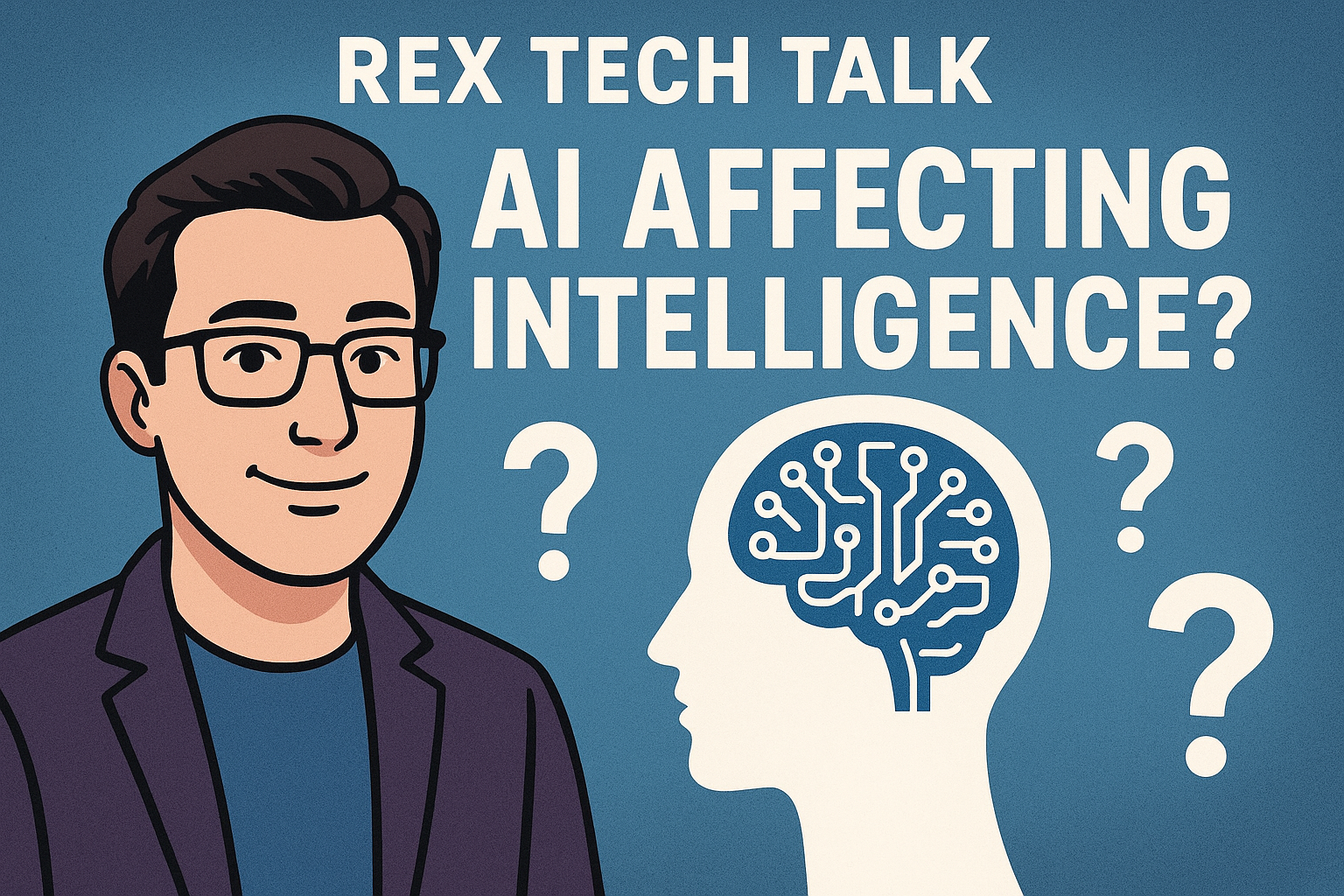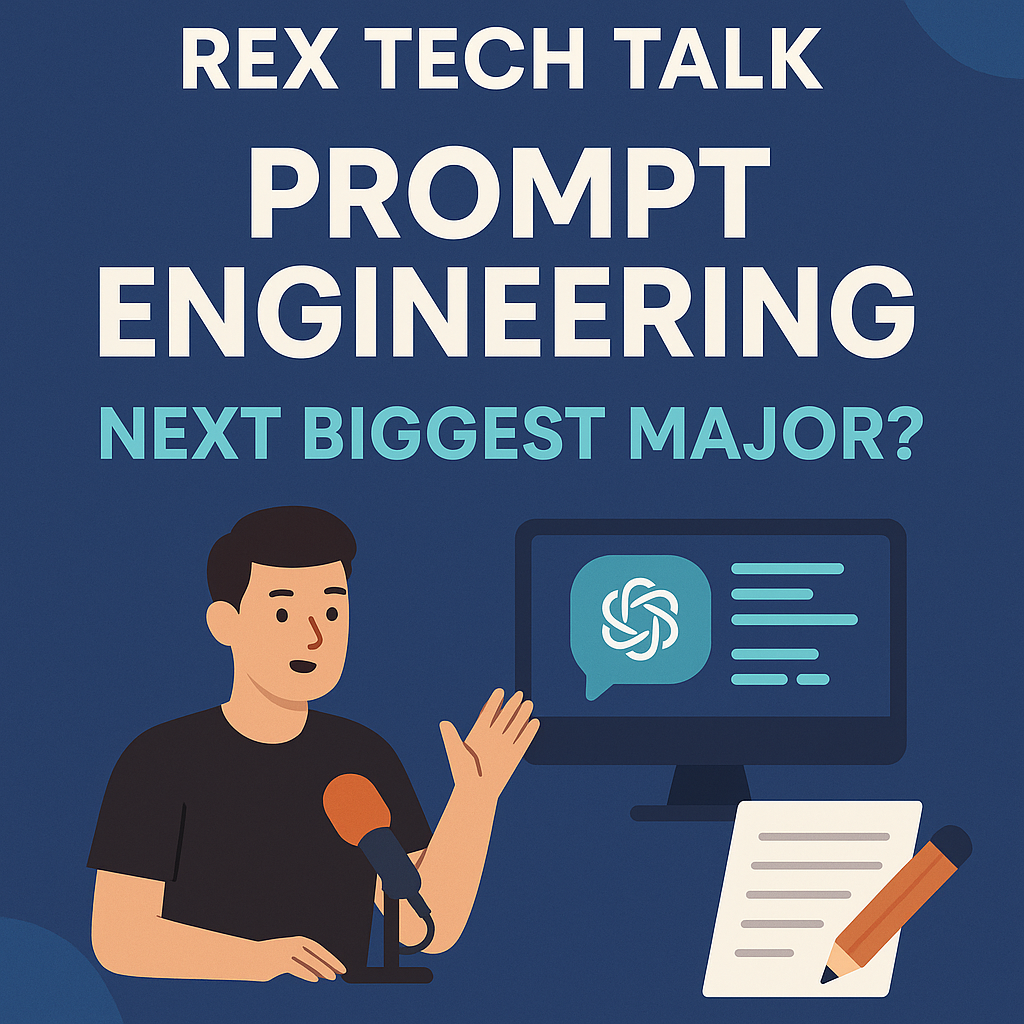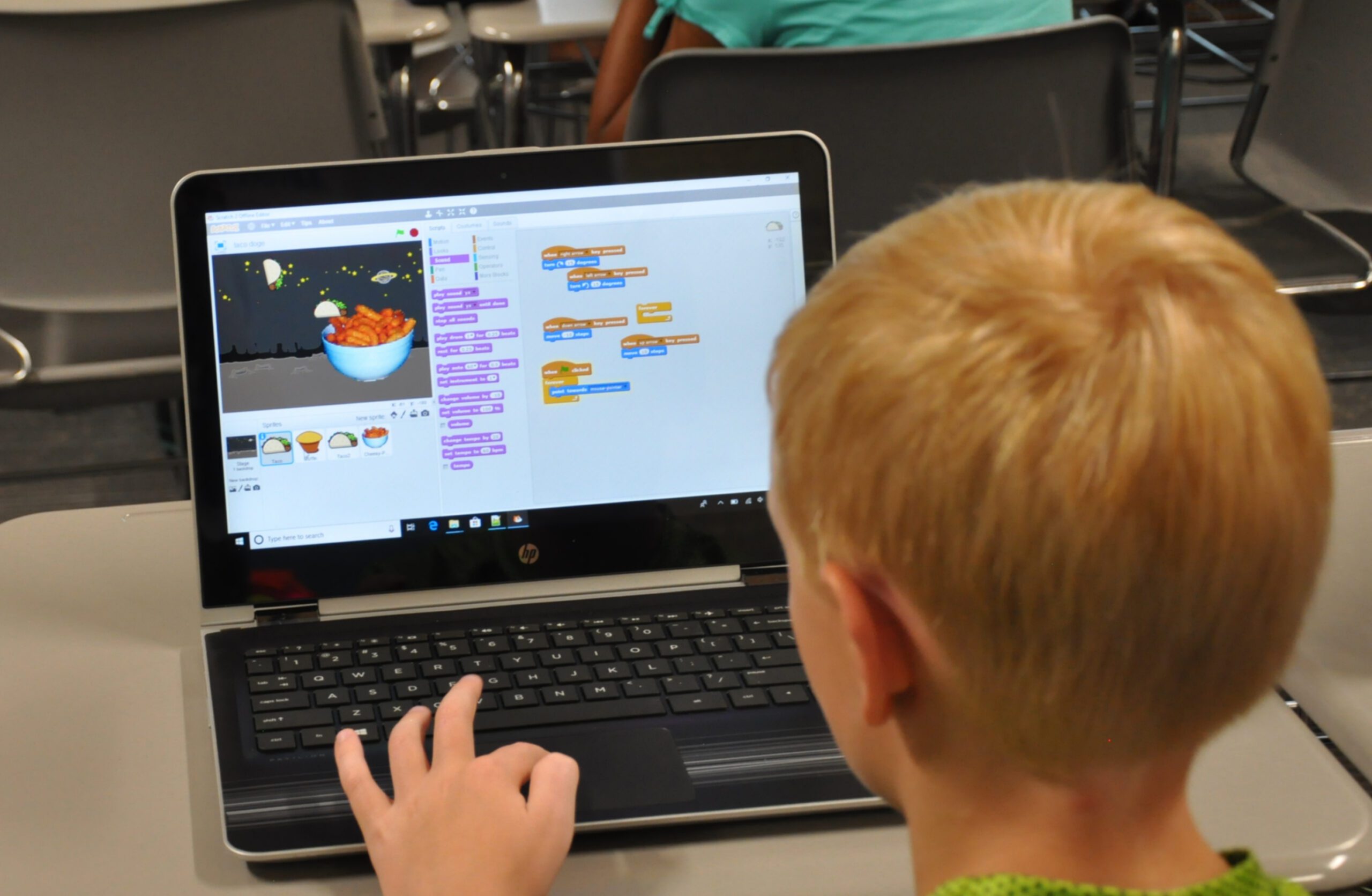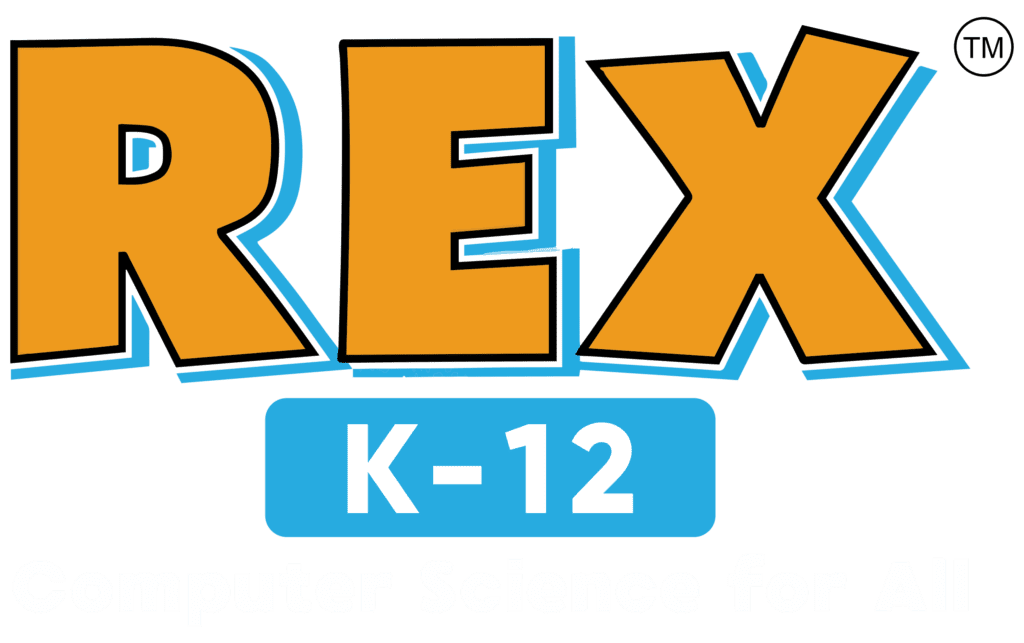Designing a Future-Ready 8th Grade Curriculum: A Strategic Guide for K–12 Educators
Creating a meaningful 8th-grade curriculum is more than lesson planning; it’s about equipping students at a critical stage of development with the skills, confidence, and context they need to thrive. As students prepare for high school and future careers, curriculum must be relevant, inclusive, and empowering.
Whether you’re an educator, EdTech leader, or administrator, here’s a practical guide to designing a curriculum that’s forward-thinking and impactful.
Strategy First: Start with Purpose
Define the “Why”
What should students walk away knowing, doing, and valuing? A strong curriculum centers on student growth, both academic and personal.
Align with Standards
Design with required standards in mind (e.g., CSTA, ISTE, TEKS), but don’t be limited by them. Think of standards as a floor, not a ceiling.
Backward Design Matters
Use Understanding by Design (UbD) to identify outcomes, define evidence of learning, and then plan experiences to achieve them. This keeps learning intentional and measurable.
Know Your Students: Design with Empathy
Understand 8th Graders
At this age, students crave autonomy and relevance. Prioritize content that sparks curiosity and ties to real-world issues.
Think Beyond Silos
Interdisciplinary learning helps students connect the dots. A data science unit, for example, can blend math, science, and writing.
Prioritize Inclusion
Representation matters. Make space for diverse voices, varied learning levels, and accessible formats. Use UDL principles to meet all learners where they are.
Bring it to Life: From Blueprint to Classroom
Structure Around Units
Keep units modular and thematic. Each should have essential questions, objectives, vocabulary, and activities tied to clear outcomes.
Use Hands-On Learning
Move beyond worksheets. Use project-based learning, simulations, digital tools, and gamification to deepen engagement.
Free tools to explore: Scratch, Canva, Google Workspace, MIT App Inventor, Padlet, Tinkercad, Kahoot
Make Assessment Meaningful
Include formative check-ins, summative projects, and performance-based tasks. Add peer and self-assessments to build reflection and accountability.
Embed SEL and Ethics
Encourage identity exploration, collaboration, and ethical reasoning. A strong curriculum builds character as much as it builds knowledge.
Support the Teachers
No curriculum succeeds without teacher buy-in. Provide ready-made materials, guides, training, and flexibility to adapt.
Example Snapshot: 8th Grade AI & Ethics Unit
Title: Who’s in Control? AI and Human Decision-Making
Duration: 3 Weeks
Essential Questions:
- Can machines be ethical?
- How can we make AI more inclusive?
Activities:
- Analyze a biased AI case
- Build a sentiment analyzer in Scratch
- Host a classroom debate
Assessments:
- Create a “Fair AI Manifesto”
- Reflective journal entries
- Final group presentation
This type of unit ties together digital literacy, coding, critical thinking, and real-world issues — all while developing future-ready skills.
Final Curriculum Readiness Checklist
- Clear purpose
- Standards-aligned
- Modular design
- Interdisciplinary connections
- Student-centered goals
- Inclusive practices
- SEL and ethics embedded
- Varied assessments
- Teacher-ready tools
Conclusion: Designing for Impact
When done well, curriculum becomes more than instruction — it becomes a platform for transformation. By designing content that’s relevant, inclusive, and engaging, we empower students to step into the future with confidence and clarity.
Looking to co-design a future-focused curriculum in areas like AI, climate science, or media literacy? We’d love to help. Let’s build the future of education — one classroom at a time.
